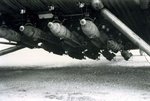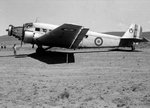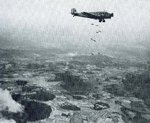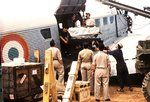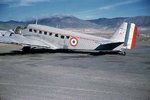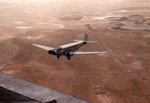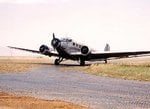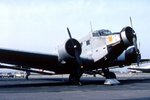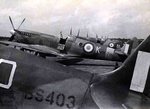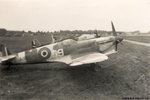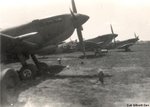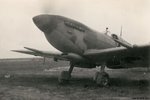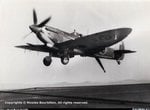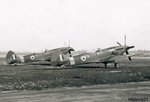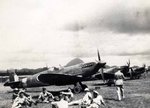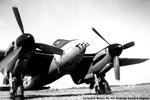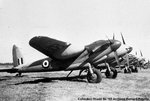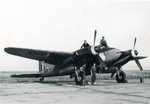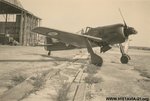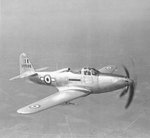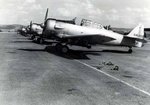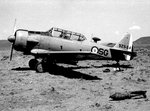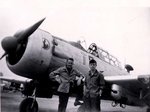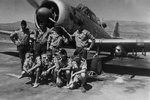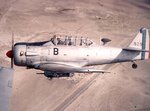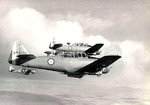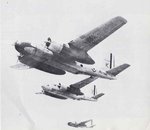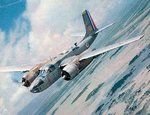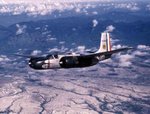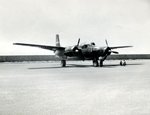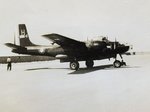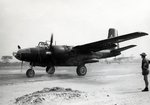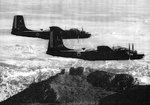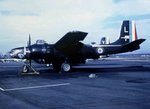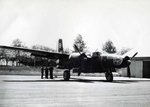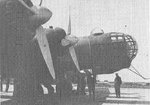The French colonial empire began to fall apart during the Second World War, when various parts of their empire were occupied by foreign powers (Japan in Indochina, Britain in Syria, Lebanon, and Madagascar, the US and Britain in Morocco and Algeria, and Germany and Italy in Tunisia). However, control was gradually reestablished by Charles de Gaulle. The French Union, included in the 1946 Constitution, replaced the former colonial Empire. However, France was immediately confronted with the beginnings of the decolonization movement. Paul Ramadier's (SFIO) cabinet repressed the Malagasy Uprising in 1947. In Asia, Ho Chi Minh's Vietminh declared Vietnam's independence, starting the Franco-Vietnamese War. In Cameroun, the Union of the Peoples of Cameroon's insurrection, started in 1955 and headed by Ruben Um Nyobé, was violently repressed.
When this ended with French defeat and withdrawal from Vietnam in 1954, the French almost immediately became involved in a new, and even harsher conflict in their oldest major colony, Algeria. Ferhat Abbas and Messali Hadj's movements had marked the period between the two wars, but both sides radicalized after the Second World War. In 1945, the Sétif massacre was carried out by the French army. The Algerian War started in 1954. Algeria was particularly problematic for the French, due to the large number of European settlers (or pieds-noirs) who had settled there in the 125 years of French rule. Charles de Gaulle's accession to power in 1958 in the middle of the crisis ultimately led to independence for Algeria with the 1962 Evian Accords. The Suez Canal incident in '56 also displayed the limitations of French power, as its attempt to retake the canal along with the British was stymied when the United States did not back the plan.
The French Union was replaced in the new 1958 Constitution by the French Community. Only Guinea refused by referendum to take part to the new colonial organization. However, the French Community dissolved itself in the midsts of the Algerian War; almost all of the other African colonies were granted independence in 1960, following local referendums. Some few colonies chose instead to remain part of France, under the statuses of overseas départements (territories). Critics of neocolonialism claimed that the Françafrique had replaced formal direct rule. They argued that while de Gaulle was granting independence on one hand, he was creating new ties through Jacques Foccart's help, his counsellor for African matters. Foccart supported in particular the Nigerian Civil War during the late 1960s.
When this ended with French defeat and withdrawal from Vietnam in 1954, the French almost immediately became involved in a new, and even harsher conflict in their oldest major colony, Algeria. Ferhat Abbas and Messali Hadj's movements had marked the period between the two wars, but both sides radicalized after the Second World War. In 1945, the Sétif massacre was carried out by the French army. The Algerian War started in 1954. Algeria was particularly problematic for the French, due to the large number of European settlers (or pieds-noirs) who had settled there in the 125 years of French rule. Charles de Gaulle's accession to power in 1958 in the middle of the crisis ultimately led to independence for Algeria with the 1962 Evian Accords. The Suez Canal incident in '56 also displayed the limitations of French power, as its attempt to retake the canal along with the British was stymied when the United States did not back the plan.
The French Union was replaced in the new 1958 Constitution by the French Community. Only Guinea refused by referendum to take part to the new colonial organization. However, the French Community dissolved itself in the midsts of the Algerian War; almost all of the other African colonies were granted independence in 1960, following local referendums. Some few colonies chose instead to remain part of France, under the statuses of overseas départements (territories). Critics of neocolonialism claimed that the Françafrique had replaced formal direct rule. They argued that while de Gaulle was granting independence on one hand, he was creating new ties through Jacques Foccart's help, his counsellor for African matters. Foccart supported in particular the Nigerian Civil War during the late 1960s.
Last edited:





